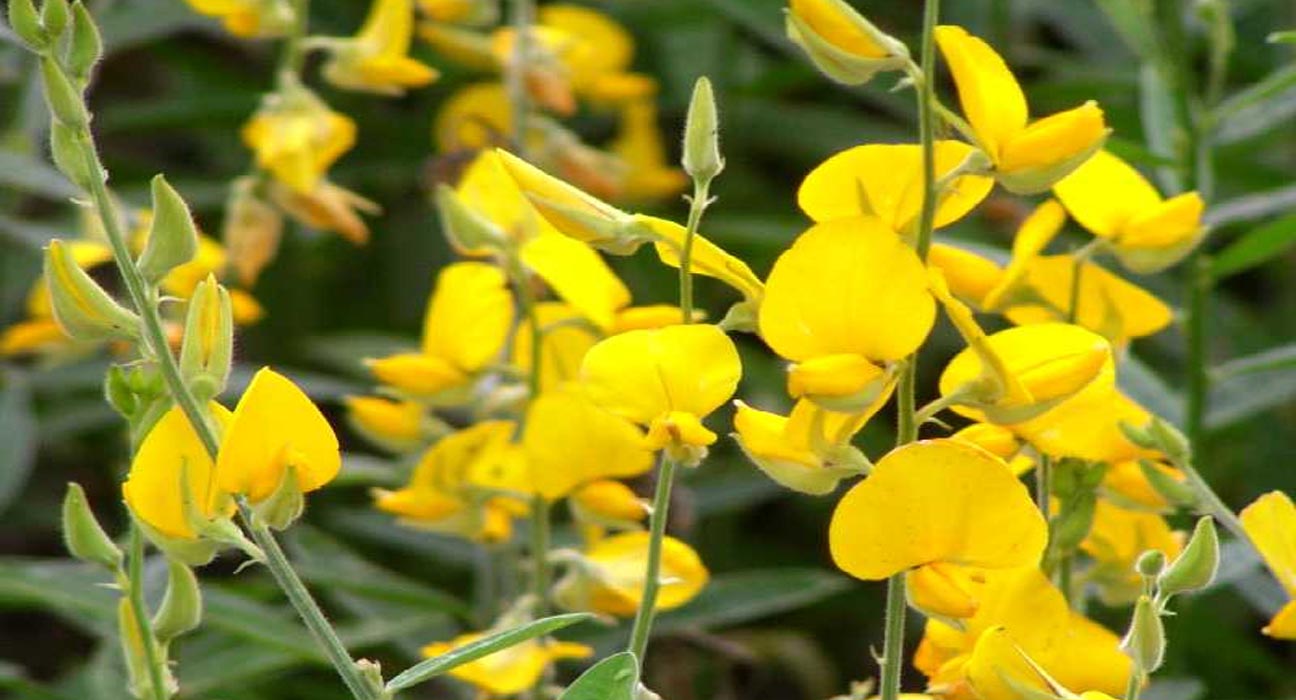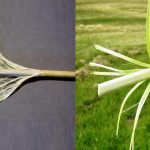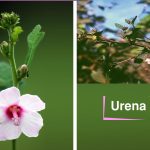Crotalaria juncea, known as brown hemp, Indian hemp, Madras hemp, or sunn hemp Fiber. Sunn is likely native to the Indian subcontinent; where it has been cultivated since prehistoric times.
The sunn plant is not true hemp. The fiber is made into cordage, fishing nets, sacking fabrics; canvas, and rug yarns and is used to manufacture such paper products as cigarette and tissue papers. The plant is also cultivated in many tropical countries as a green manure crop that is plowed under to fertilize the soil.
Origin of Sunn Hemp Fiber
Sunn hemp originated in India where it has been grown since the dawn of agriculture. It has been utilized as a green manure, livestock feed, and as a non-wood fiber crop. It has also been grown in Brazil and Bangladesh as a soil-improving crop.
Sunn Hemp Fiber Uses and Benefits
Sunn hemp has been used extensively as a soil improvement or green manure crop in the tropics because of its ability to produce large amounts of biomass in as little as 60 to 90 days. Because of this, it has the potential to build organic matter levels and sequester carbon. Also, as a legume, it can fix large amounts of nitrogen.
Used as a cover crop, sunn hemp can improve soil properties, reduce soil erosion; conserve soil water, and recycle plant nutrients. ‘Tropic Sun’ is also resistant to root-knot nematodes.
Other potential uses for sunn hemp are forage, paper fiber, and as an alternative fuel crop (Rotar and Joy,1983). has many practical applications in the modern world. First, it is a source of natural fiber. It is used for cordage, fishing nets, ropes, and more
Conclusion
As a cover crop, sunn hemp can produce 5,000-6,000 pounds of biomass per acre in southern climates in 60-90 days. It also can produce 120- 140 pounds of nitrogen in the same amount of time. Sunn Hemp Fiber provides the benefits of a cover crop such as erosion control, soil improvement, plus resistance to root-knot nematode. It requires warm weather for 8 to 12 weeks. It will be advisable to grow crops such as small grains after it because of the nitrogen production.
Sources:




